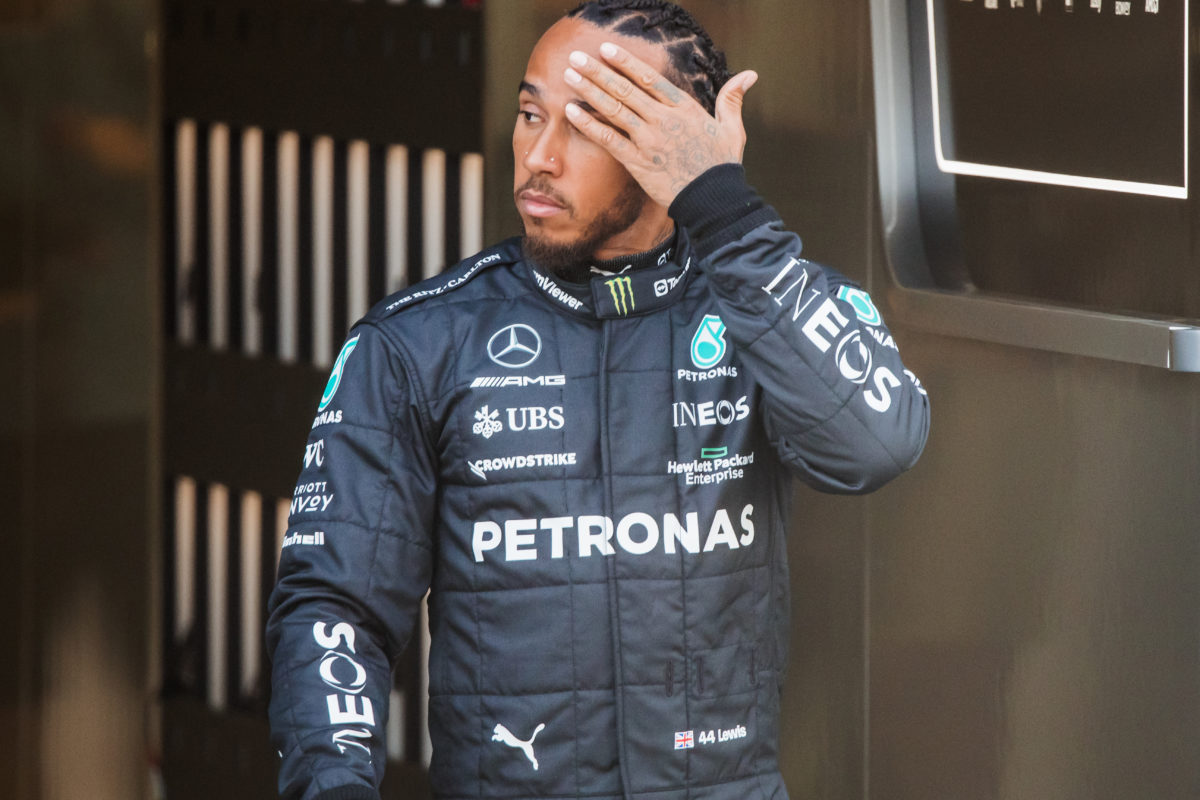
Lewis Hamilton has warned F1 and the FIA it is playing a “dangerous” game should it persist with its intention to ban tyre blankets from next season.
On the grounds of sustainability, Pirelli has been tasked with developing a tyre that can run without the need for the use of tyre blankets.
The intention is for a ban on the tool to come into force in 2024, with a vote due to take place in July following further testing over the course of the next few months.
Hamilton is among the drivers to have so far tested the rubber, and the seven-time F1 champion has delivered a damning indictment.
“It’s dangerous,” was Mercedes driver Hamilton’s initially blunt response when asked about the possibility of a ban being imposed next year.
“I’ve tested the (tyres with) no blankets and there’s going to be an incident at some stage, so on a safety factor, I think it’s the wrong decision.
“Also, you have to drive multiple laps to get the tyres to work, and the whole argument is that taking away the blankets is for going more sustainable and being greener.
“But in actual fact, we’re just using more fuel to get temperature into the tyres.
“More concerning is that when you go out, you’re skating around, it’s very twitchy, and if there is someone else who is on tyres that are working, you could easily collide with them.
“It’s a pointless exercise.”
Sainz in risk assessment agreement with Hamilton
Ferrari driver Carlos Sainz recently tested the full wet tyres without tyre blankets, describing them as “not too bad”.
He added: “It feels like they should be okay. If anything they’re faster than the normal wets.”
Sainz, however, agreed with Hamilton’s assessment when it came to slicks, particularly with the blankets being banned as part of F1’s drive to be a zero-carbon sport by 2030.
“I still don’t understand why F1 is moving away from blankets,” said Sainz.
“For me, it makes no sense because you’re burning more fuel to warm up the tyres.
“In the interests of sustainability, I just don’t understand the philosophy.
“But also, it puts the drivers at risk with these lower ride-height cars.
“It’s the direction F1, the FIA and Pirelli have decided to take, so we need to adapt, I guess.”





















Discussion about this post